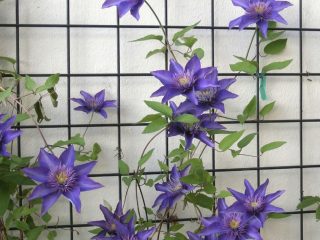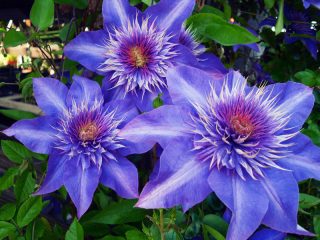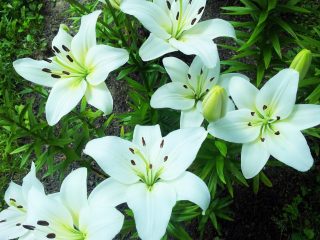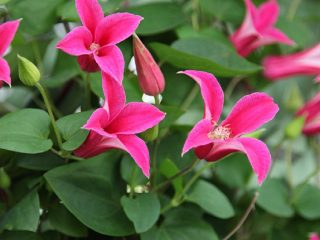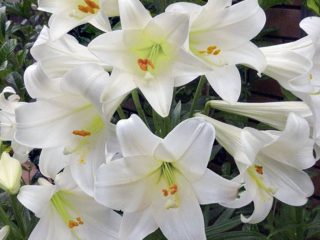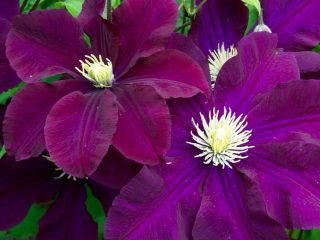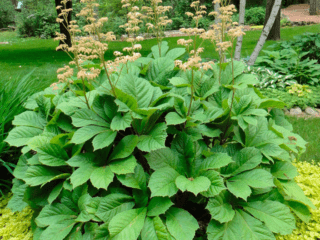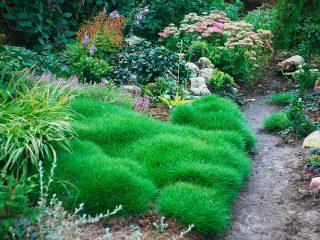Content
Peony Red Red Rose has long attracted attention with its unique beauty and exquisite aroma. It is one of the most popular among gardeners and flower enthusiasts.
Where and how did it appear
The Red Red Rose peony is an interspecific hybrid. It was developed by A. P. Saunders, professor of chemistry at Hamilton College, Clinton, New York, in the early 20th century (1942). Professor Saunders is considered the "father" of the modern hybrid peony. He conducted extensive science-based breeding programs for both herbaceous and tree varieties with the help of friends at the New York Botanical Garden. His work with tree peonies focused on crossing two species, the yellow P. lutea and the orange-red P. delavayi, with existing classic Japanese Moutan cultivars. The crossbreeding results in flowers in a variety of shades, from lemon-gold to ivory and pearl, often mixed and infused with purple and pink, as well as several berry-red varieties. In all cases, the flowers rise above the attractive cut foliage.
Description of Red Red Rose peony with photo
Red Red Rose is an erect, dense, perennial herbaceous shrub with greenish leaves divided into nine elliptical or lanceolate leaflets. The foliage is dark green in color and has a glossy surface. The leaves are quite large in size. They create a lush appearance even when the plant is not blooming.
The stems are quite strong and tall, which makes this variety very resistant to wind and rain. They are also great for cutting.

The buds open to reveal stunning satin red flowers with golden centers
The real highlight of this variety are the flowers. They have a bright red color that resembles a rose. The middle is notable for its many distinct yellow stamens. The flowers of this variety are semi-double and consist of many layers of petals (often three rows), creating a spectacular and voluminous appearance. Each grows to be about 10-15 cm in diameter, sometimes even larger, making them large and noticeable.
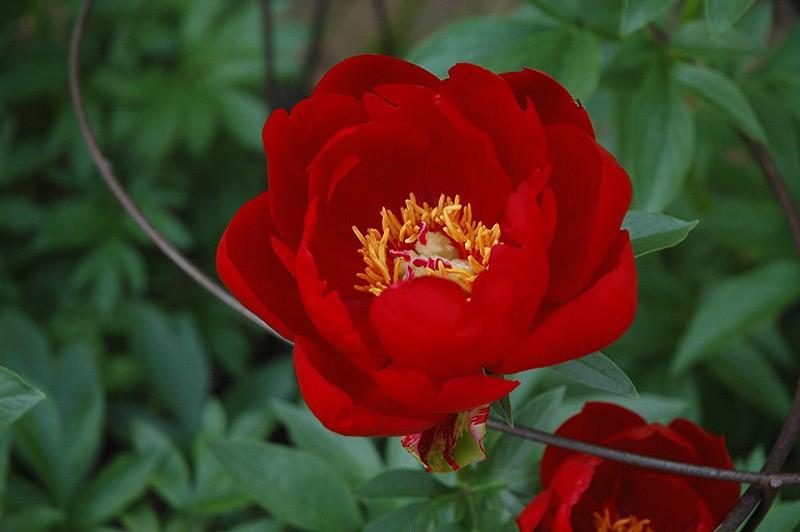
Peduncles may be weak, so staking may be required in exposed areas or overly fertile soils
The bush reaches a height of about 80-90 cm and has a spreading shape. This makes it ideal for creating beautiful flower arrangements and for use in landscape design.
One of the features of this variety is its aroma. The buds have a pleasant and delicate scent that fills the air around the plant. This adds romance and sensuality to the garden atmosphere.
Red Rose belongs to the group of large-flowered and semi-double varieties. This plant is a sun-loving plant and prefers well-lit areas, but can also be planted in semi-shaded areas. Winter hardiness: zone 3 (up to -34 ºС).
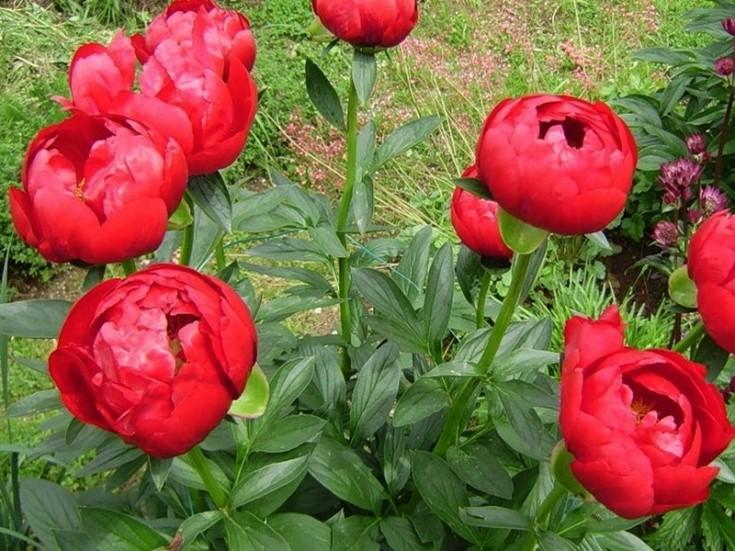
When blooming, it retains its bowl shape
Timing and flowering period
Flowering usually begins in late spring or early summer, depending on climatic conditions and the region where the crop is grown.
The peony flowering period can last from several weeks to a month.
Advantages and disadvantages
Terry inflorescences give the garden a special charm and attractiveness. This variety is also highly resistant to weather conditions and diseases.
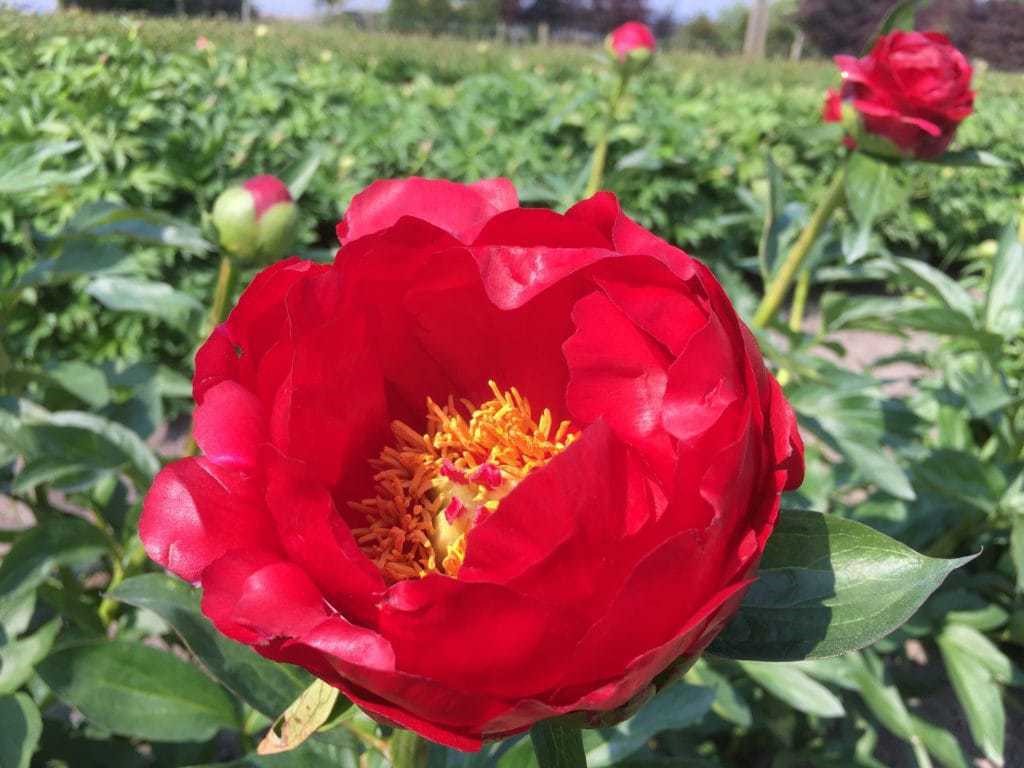
Peony is a long-lived plant, so if planted correctly it will delight the owner for many years
Pros:
- beauty of flowers. Large, bright red buds with dense petals make a beautiful display in the garden;
- flowers of this variety have a pleasant aroma that can fill the air around;
- long flowering period. Peony can delight with its flowers for a long time. This usually occurs from mid-spring to early summer;
- resistance to diseases. This peony variety typically copes well with a variety of diseases and pests, making it an excellent low-maintenance choice.
Minuses:
- demands on the soil. Peonies prefer fertile, well-drained soil. Poor soil quality can negatively affect their growth and flowering;
- limited color range. Peony Red Red Rose has a small color palette, which may be a disadvantage for those who prefer more varied combinations in the garden;
- long waiting period. Peonies can take several years to reach full maturity and bloom profusely. Therefore, patience is required from the gardener.
Landing rules
When planting Red Red Rose peony, there are several rules to consider. First, choose a well-lit place, since this peony variety prefers sunny or semi-shaded areas. Areas with constant shade or too much direct sunlight should be avoided.
Then the soil is prepared by enriching it with organic fertilizers. You need fertile, well-drained soil. Before planting, it is recommended to add compost or humus to improve the structure and nutritional value.
It is necessary to plant the plant so that the root collar is located at a depth of 5-7 cm. Compact the soil around it. After planting, provide regular watering and care for the plant. Keep the soil moist, but avoid waterlogging so as not to cause rotting of the roots.
Red Red Rose peonies need enough space to thrive. It is recommended to leave a distance of approximately 60-90 cm between each plant.
Features of care
Use fertilizers with a high phosphorus content, this will promote flowering. But the dosage cannot be exceeded.
During flowering, peony stems may not be able to withstand the weight of the buds, so they need support. Use supports or stands to prevent sagging of the stems and maintain the beautiful shape of the plant.
You should keep the area around the seedling clean and trim off faded flowers to stimulate new flowering.
Preparing for winter
At the end of autumn, it is necessary to cut the peony stems to soil level and cover the plant with mulch or dry leaves. This will help protect the roots from frost and keep the plant healthy.
Before the onset of winter, it is also recommended to feed the peony. Use organic fertilizer such as compost or humus.
How does it reproduce
Peony Red Red Rose can be propagated in several ways. One of them is dividing the bush. In spring or autumn, you can divide the peony bush into several parts and plant them separately.
It is permissible to propagate peony by cuttings in order to obtain an exact copy of the parent plant.
To obtain seeds, it is necessary to pollinate a Red Red Rose peony flower with pollen from another peony of the same species or a close relative. After pollination, the flower forms a fruit that contains the seeds. They ripen in the fall.
Disease and pest control
Common diseases that a peony may encounter are botrytis, rust, gray mold and powdery mildew. To prevent their occurrence, you should avoid waterlogging the soil, watering from above, and getting water on the leaves. It is also necessary to ensure good air circulation around the plant. If a problem is detected, it is recommended to use special means - fungicides.
Peonies can also be attacked by various pests, such as aphids, mites and slugs. To combat them, you can use insecticides or natural remedies such as soap solution or plant decoctions.
Application in landscape design
The medium size of this variety fits well into the garden, and can always be balanced with the help of several larger or smaller plants to create a spectacular composition.
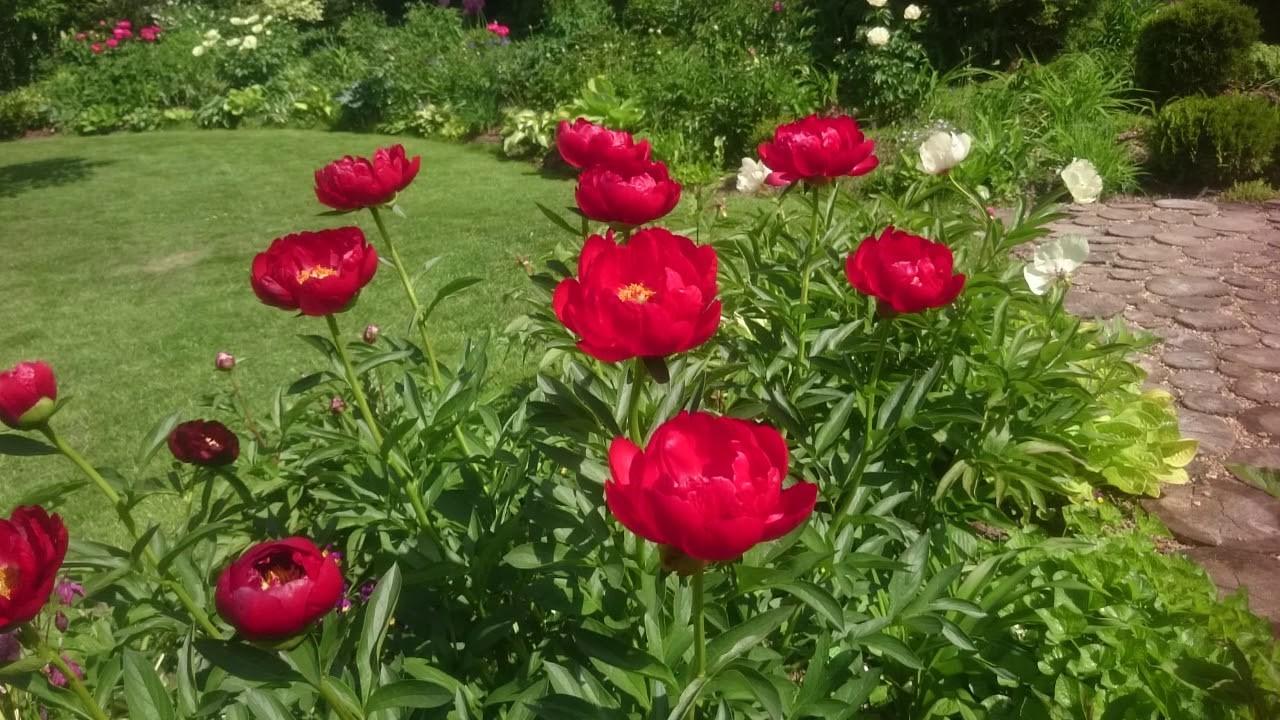
The Red Red Rose variety can be used to make a hedge
Peony goes well with other flowers and plants such as irises, lilies and roses.
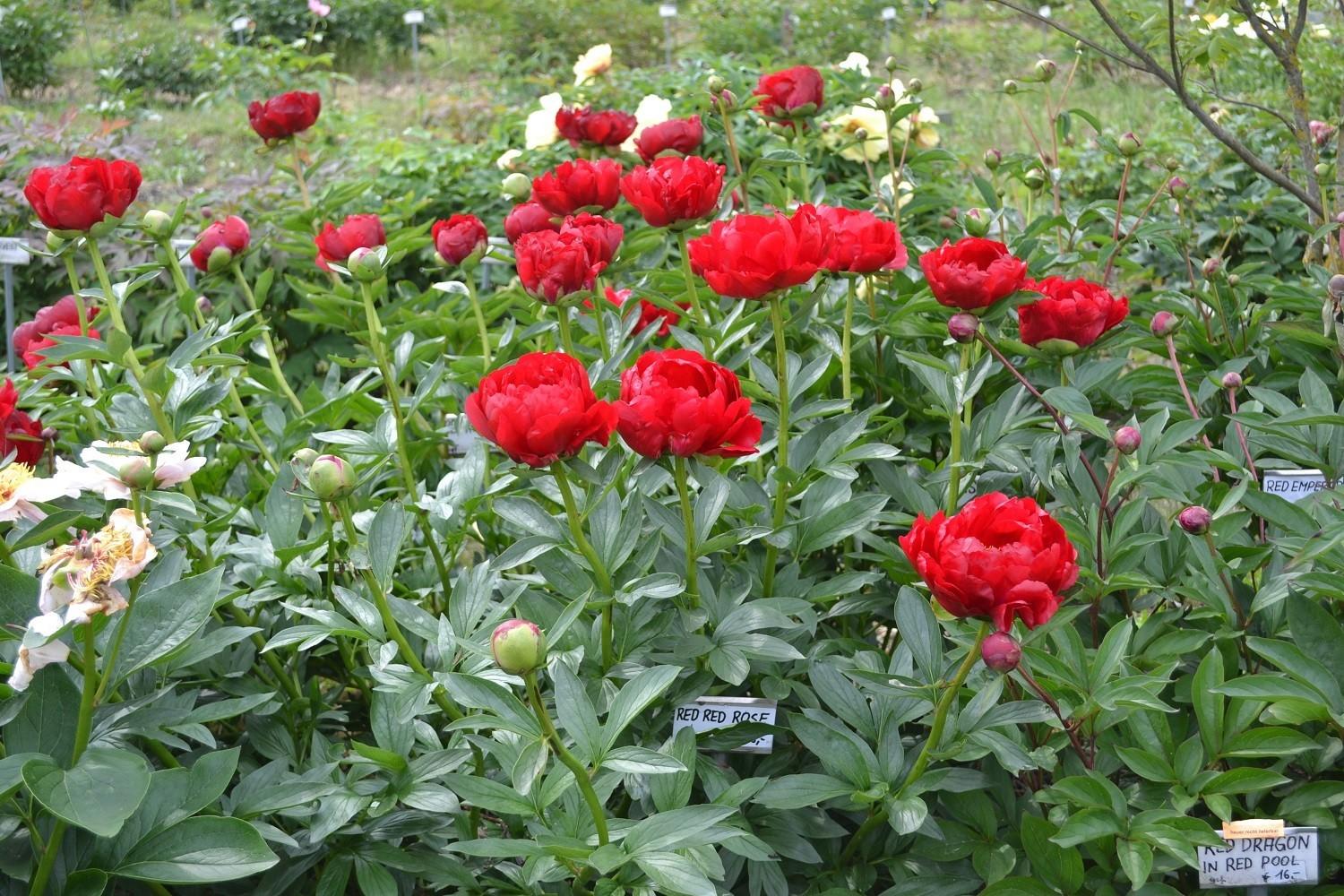
Red Red Rose can be grown both in the garden and in flowerpots, on balconies and loggias
You should also make sure that the flowerpot has a good drainage system to avoid stagnation of water.
Conclusion
Red Red Rose Peony is a luxurious variety that is distinguished by its beautiful flowers and resistance to weather conditions. It is a popular choice among gardeners. It is often used in landscape design. With proper care and attention, the Red Red Rose peony will delight you with its beauty and attractiveness for many years.
Reviews from gardeners about the Red Red Rose peony
